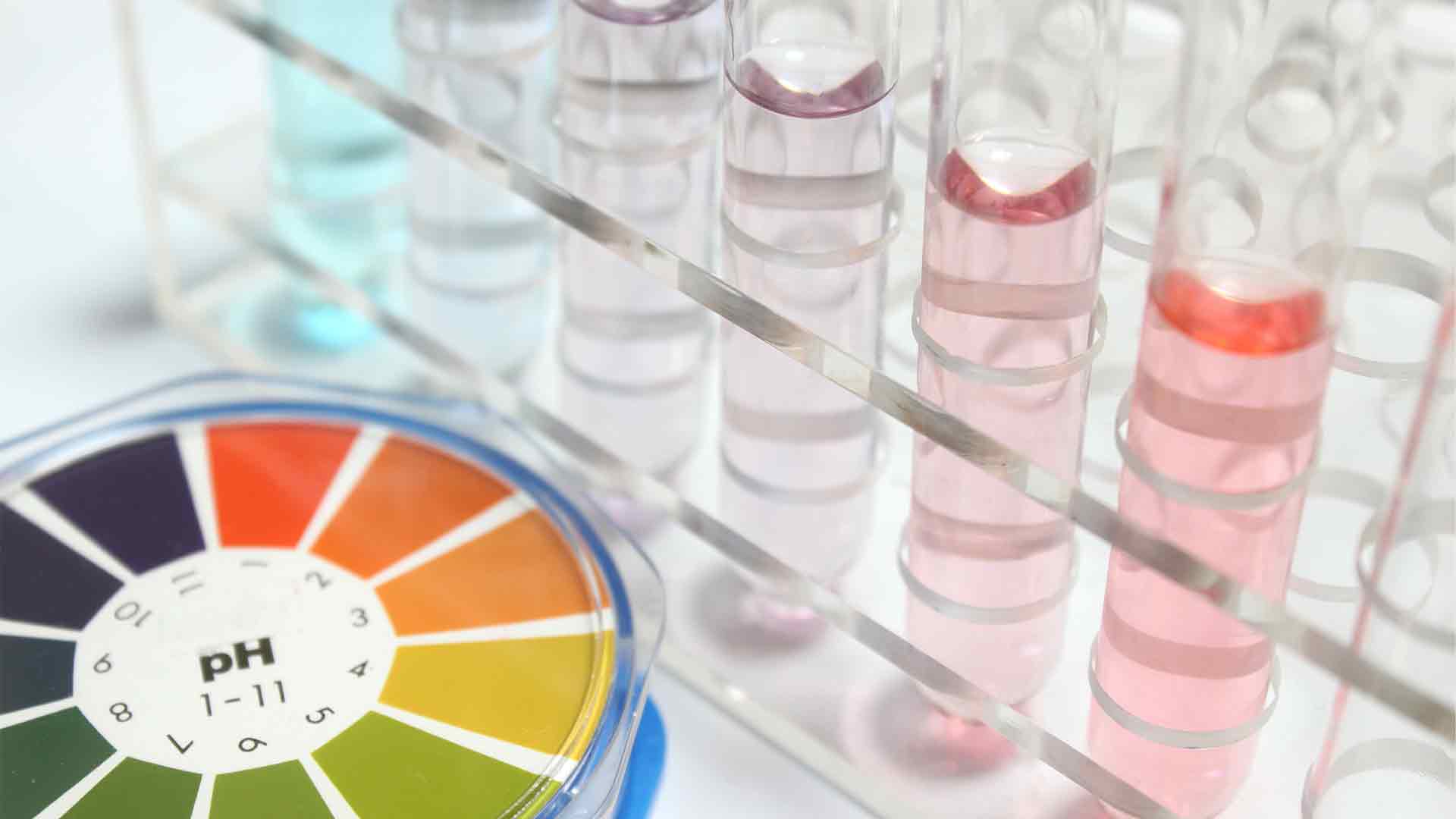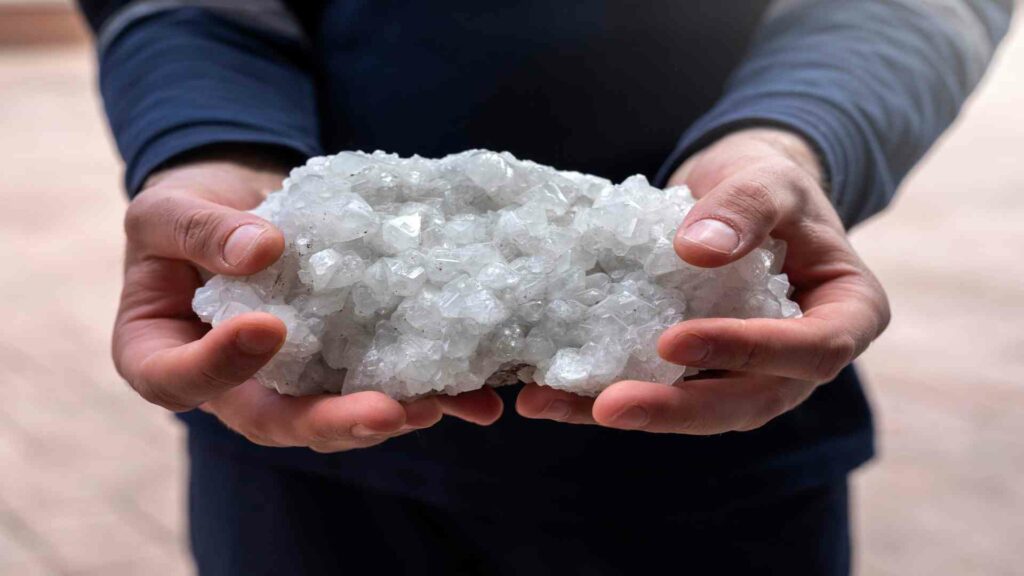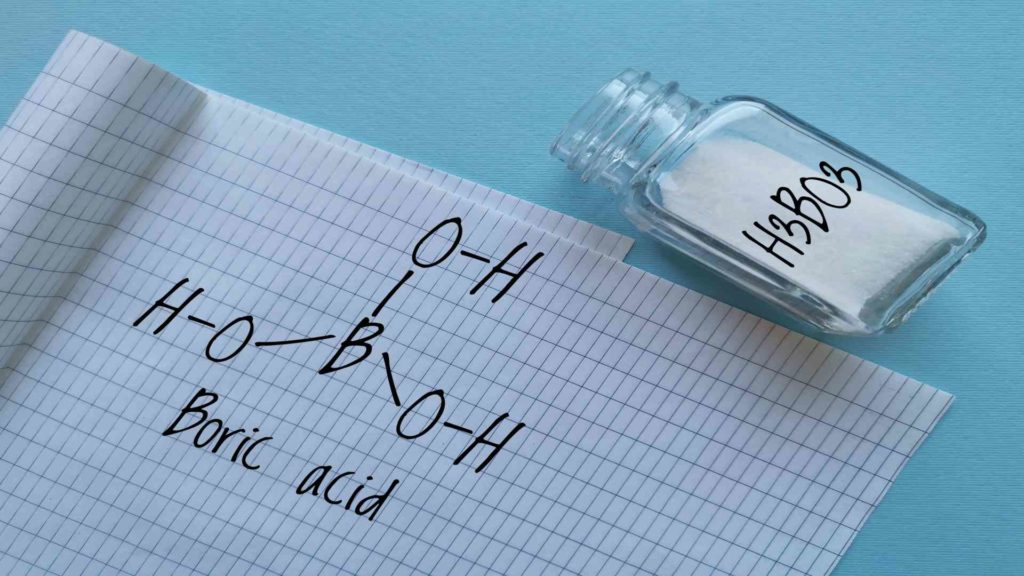Boron Buffering
Boron buffering: Buffer solutions are widely used in industry. Industrial processes require buffering solutions include fermentation, controlling dye processes and manufacturing pharmaceuticals. Potassium tetraborate is a great buffering agent. It can lower the pH level of strong alkalis. It can also be used in brazing fluxes, welding, and soldering. Potassium borates are dispersed in a finely divided state, which improves their anticorrosion and anti-wear properties in industrial and automotive lubricants. They are beneficial for heavier loads.

Boron Buffering
Potassium tetraborate (B4K2O7) is a product of the controlled reaction between potassium hydroxide, water, and boric acid. It is alkaline salt with excellent buffering properties and is composed of white crystalline grains.
Potassium tetraborate can replace borax where an alkali borate is needed, but sodium salts cannot be used. It helps lower the pH of strong acidic substances. It is used in welding, soldering, and barring fluxes. It is also used in gear lubrication, nuclear safety, and other industrial uses.
Potassium Tetraborate
The controlled reaction between potassium hydroxide and water results in potassium tetraborate. It can be found in white crystalline granules and powder form. It has a molecular weight of 305.5. When heated in a vacuum, the crystal salt melts in water at 100 degrees Celsius (212 degrees Fahrenheit). Two molecules of water are lost.
The anhydrous salt forms at 500 degrees Celsius (932 degrees Fahrenheit) and then fuse to form a clear glass at 800 degrees Celsius (1500 degrees Fahrenheit). The pH of aqueous potassium tetraborate solutions shows a slight decrease, then a moderate rise in pH as the concentration increases.
This alkaline salt is excellent for buffering and can be used in place of borax, where an alkali salt cannot be used. Its solubility in water at room temperatures is 17.8% (as K2B4O7*4H2O). Potassium tetraborate is also easier to dissolve in water than borax. Potassium tetraborate can be stored in average temperatures and humidity. It is unlikely that it will change chemically or become caked.
Advantages
Some advantages to using buffering in manufacturing are, when done correctly, it’s implementation tends to increase production efficiency, reduce overall costs and keep operations running smoothly. However, when done incorrectly, the opposite can be true. For example, if a manufacturer keeps too much excess inventory around, it can end up costing them more money and decrease their profitability. To maintain an optimal balance, many manufacturer’s tend to gravitate toward using lean manufacturing strategies in which they use the least amount of buffering necessary to ensure their projected rates.
Applications
Potassium tetraborate is a great buffering agent. It can lower the pH level of strong alkalis. It can also be used in brazing fluxes, welding, and soldering. Potassium borates are dispersed in a finely divided state, which improves their anticorrosion and antiwear properties in industrial and automotive lubricants. They are handy for heavier loads.
Buffering Agent
Potassium tetraborate hydrolyzes in water to form a mildly alkaline solution that can neutralize acids. The pH of potassium tetraborate at 2% weight is 9.2. The pH of a 2% solution of potassium Tetraborate is 9.2. The pH of potassium tetraborate solution is 9.2. They are excellent buffering agents because of their relatively stable pH. These solutions are often used as primary standards for analytical procedures.
Metallurgy
Potassium tetraborate is an excellent solvent for metallic oxides at high temperatures. It is used in metallurgy to prepare special welding, soldering, and brazing fluxes for stainless steel or other non-ferrous metals. This helps avoid the “glare” caused by sodium borate.
Gear Lubrication
Potassium tetraborate is a finely dispersed lubricant that improves load-carrying and inhibits corrosion. It forms a film of remarkable resilience in metal load-bearing surfaces. This film is resilient and can carry loads well. It also protects against wear.
Nuclear Safety
Because it is a pure form of potassium tetraborate that can produce higher concentrations of boron (a sound absorber and thermal neutrons) than any other refined borates, potassium tetraborate can be used to shut down nuclear-powered ships in an emergency.
Other Industrial Uses
Potassium tetraborate can also be used in non-pesticidal agricultural chemicals, intermediates, plating, surface treatment agents, processing aids for petroleum production, and solvents (part of product formulations or mixtures). It is also used in dishwashing, laundry products, photographic supplies, film, and photo chemicals.
Agriculture
In crop treatments, Potassium Tetraborate is used in place of borax, where sodium is not suitable for specific plants. Plants that benefit include potato, tea, tobacco, and coffee cultivation. Coffee bean cultivation is the subject of ongoing study. Muhammad Riaz published a study published in the Journal of Environmental Management. Boron’s role is crucial in decreasing aluminum toxicity in citrus, as demonstrated by Muhammad Riaz (et al. Boron is a regulator of multiple physiological processes. It can increase dry matter weight, plant length, root length, and leaves. This can be used for coffee or other plant species.
The study also shows a decrease in red mite bites (Tetranychus pyrugi). There was a correlation of boron to cyanidin production. Cyanidin is toxic to mites and is a type of polyphenol called cyanidin. Another study recently showed that coffee borer had a more negligible effect on leaves with high boron concentrations (Hypothenemus span>). Boron sources or isotopic fractionation can control the Isotopic boron composition of coffee beans in B translocation. Further study is needed on the process of B isotope reduction in coffee beans.





